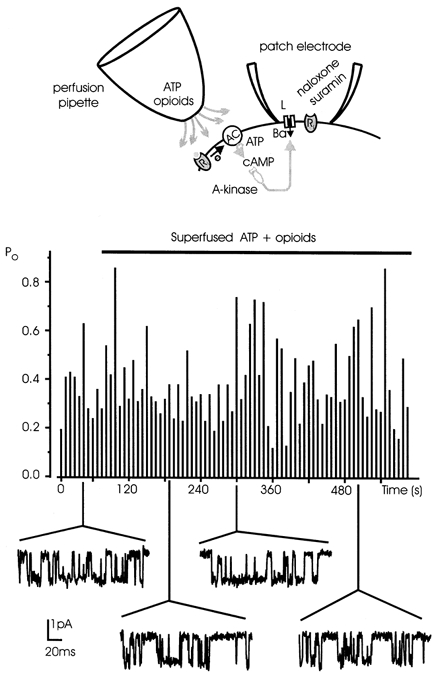Figure 7. Opioid and purinergic agonists inhibit single L-channel activity through a membrane-delimited pathway.

To assess whether the L-channel inhibition requires any diffusible second messenger, ATP and opioid agonists were superfused outside the patch, while the naloxone and suramin were added inside the pipette solution to avoid the direct inhibition by G-proteins (top panel). Po at +10 mV was monitored sweep by sweep and plotted versus time (central panel). The cell was initially perfused with a standard external solution (mean Po 0.36) and then switched to a solution containing ATP and opioid agonists for the time indicated by the horizontal bar. Even in these conditions Po remained high, varying between 0.13 and 0.82 (mean Po 0.39). Some representative traces are shown corresponding with their Po value. The inability of externally applied agonists to lower the Po excludes the involvement of a second messenger pathway in the L-channel inhibition.
